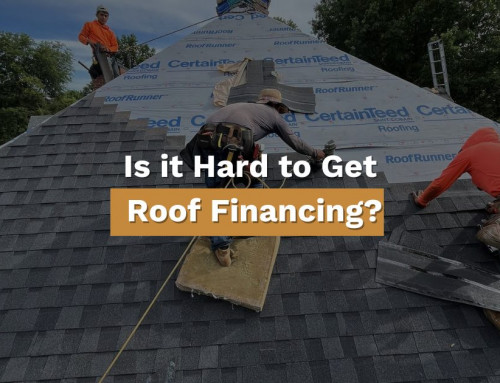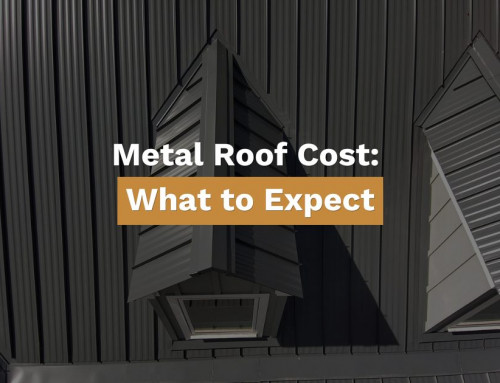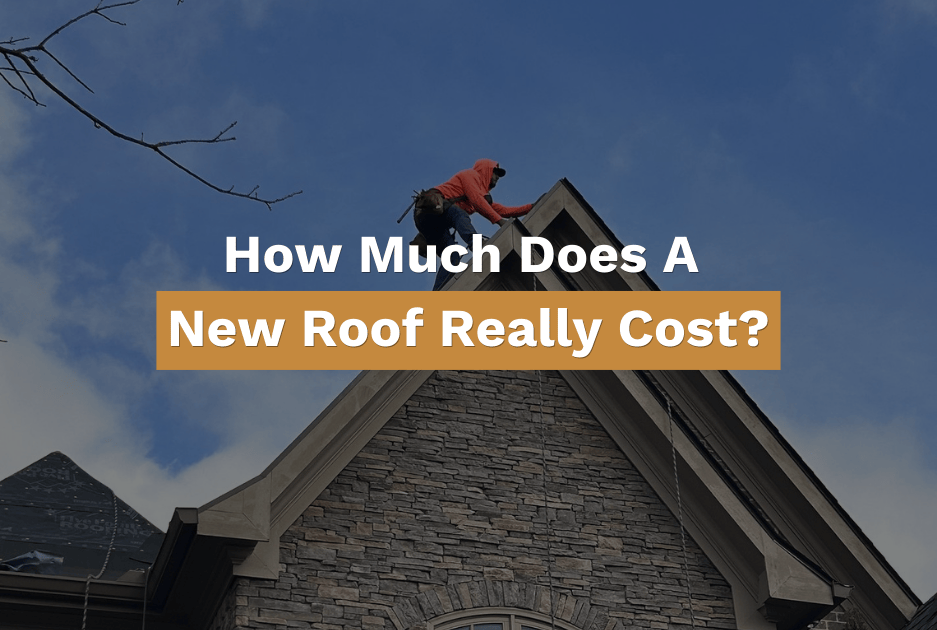
Highlights for New Roof Cost
The cost of a new roof depends on several factors, including materials, labor, permits, and roof size. Roofing materials range from budget-friendly asphalt shingles to premium metal or clay tiles, each with varying lifespans and costs. Additional factors such as roof complexity, slope, accessibility, and removal of old roofing impact the total price.
Homeowners should also consider labor costs, permit fees, and inspections to ensure compliance with building codes. Financing options and insurance claims can help offset expenses. Five Points Roofing provides expert roof replacement services in Franklin, Brentwood, and Nashville, offering detailed estimates to help homeowners budget effectively.
Table of Contents
New Roof Cost: What are the factors
The fact is, roofs don't have price tags dangling off of them. So, how do you know how much a new roof costs? Understanding the various factors that contribute to the overall roof's cost is essential. As Middle Tennessee's leading roofing company, serving Franklin, Brentwood, and Nashville, we've got answers that can help you confidently budget your roof replacement.
Understanding Your Roofing System
A roof is more than just shingles; it's a complete system designed to protect your home from wind, rain, ice, heat, and humidity. A well-installed roof safeguards not only your attic but also your walls and foundation, highlighting the importance of a thorough roofing installation.
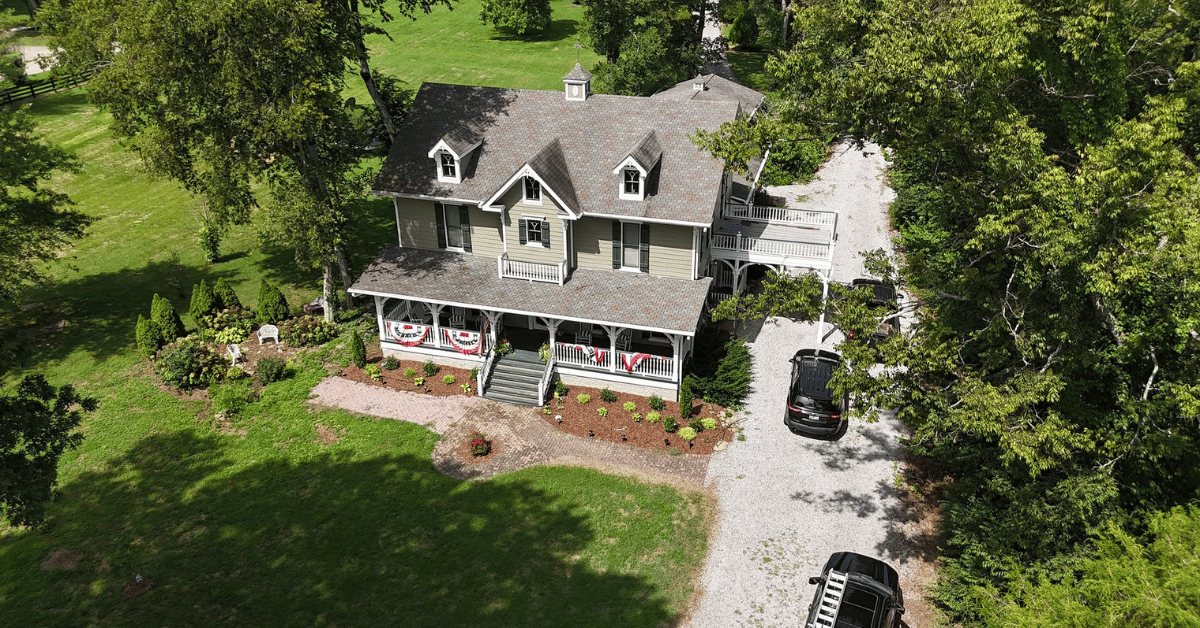
Key Roofing Components:
-
Roof Decking: The wooden structure that serves as the foundation, often made of oriented strand board. The condition of the roof deck is crucial when deciding between a roof replacement and a roof over, as it significantly impacts the longevity and effectiveness of the roofing materials chosen.
-
Underlayment: A protective layer beneath the shingles to keep moisture out.
-
Roof Flashing: Metal material used to prevent leaks at seams and joints.
-
Vents: Optimize airflow to maintain roof health.
-
Drip Edge: Guides water away from the roof and into gutters.
-
Soffit & Fascia: Contribute to the structure and aesthetic of the roof.
-
Winterguard: Waterproof underlayment that helps prevent leaks.
-
Roof Penetration: Areas, where chimneys, vents, and skylights pass through the roof, require extra sealing.
Roofing Materials and Their Costs
The type of material you choose significantly affects the overall cost of your roof replacement. Here are some common roofing materials:
Materials, labor, and permits can significantly impact the overall expenses associated with roof replacements.
A metal roof is another option, known for its durability and longer lifespan than materials like asphalt shingles.
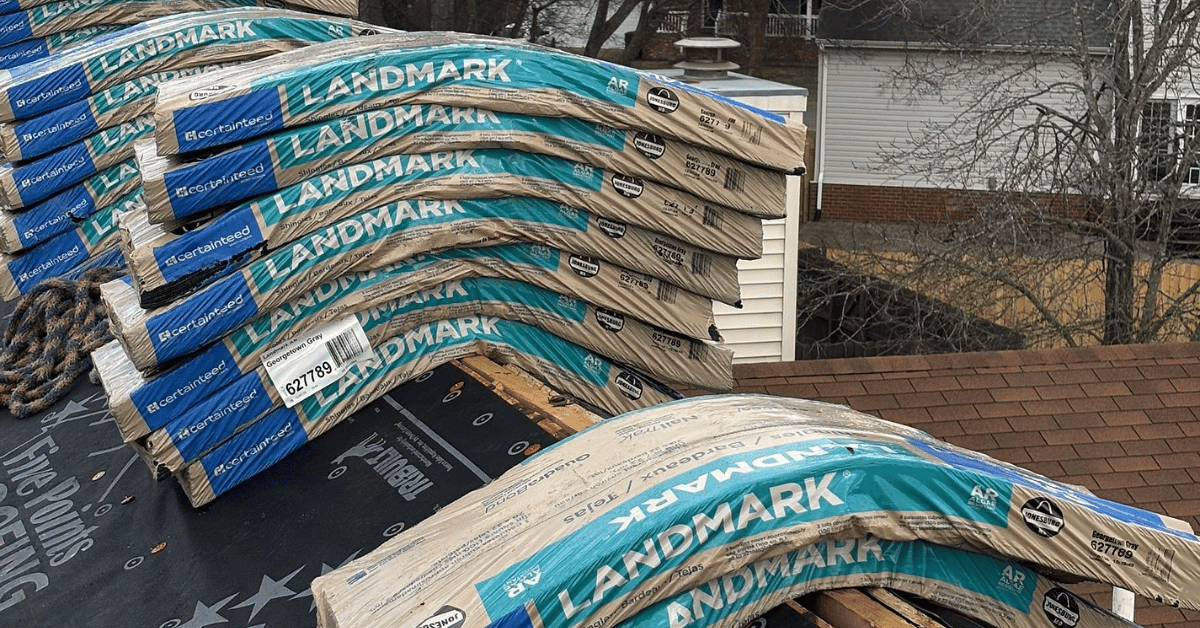
Asphalt Shingles:
-
The most common roofing material in the U.S. is the asphalt shingle.
-
Affordable and available in various colors and styles.
-
Lifespan: 20-30 years.
Architectural Shingles:
-
Enhanced durability and aesthetic appeal.
-
Mimic the look of slate or wood.
-
Lifespan: 30-50 years.
Metal Roofing:
-
Highly durable, weather-resistant, metal roofs are a stylish, premium option.
-
Available in standing seam, screw-down, metal shingles, and corrugated styles.
-
Lifespan: 40-70 years.
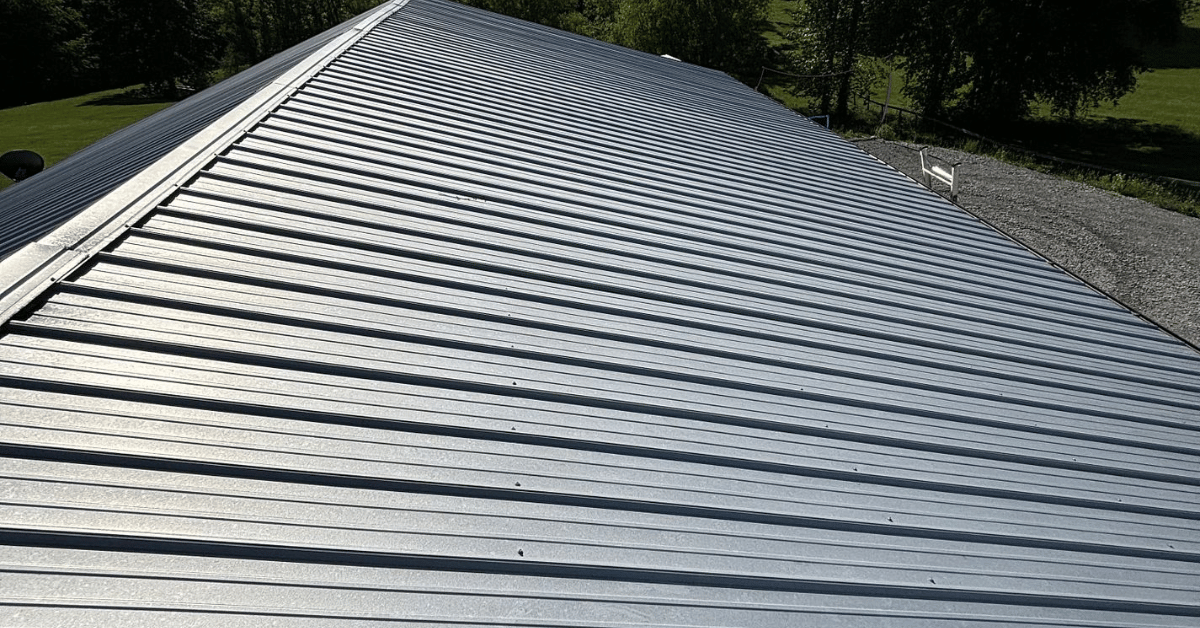
Clay Tiles:
-
Common in warm, dry climates.
-
Heavy and may require additional structural support.
-
Lifespan: 50-100 years.
Other Materials:
-
Copper Roofing: Premium, a high-end option with excellent longevity.
-
Flat Roofs: Common for commercial buildings, requiring specialized installation.
Factors That Impact Roof Replacement Costs
1. Roof Size
-
Roof size is measured in roofing squares (100 square feet per square).
-
Five Points Roofing uses advanced satellite technology to precisely measure your roof's square footage, reducing waste and ensuring an accurate roof replacement estimate.
2. Removal of the Old Roof
The process includes tearing off old materials and proper disposal.
Disposal fees vary depending on landfill rates and the weight of materials.
Removing your old roof before installing a new one is crucial for longevity. The roof's age and local climate conditions can influence the cost and practicality of replacing your roof.
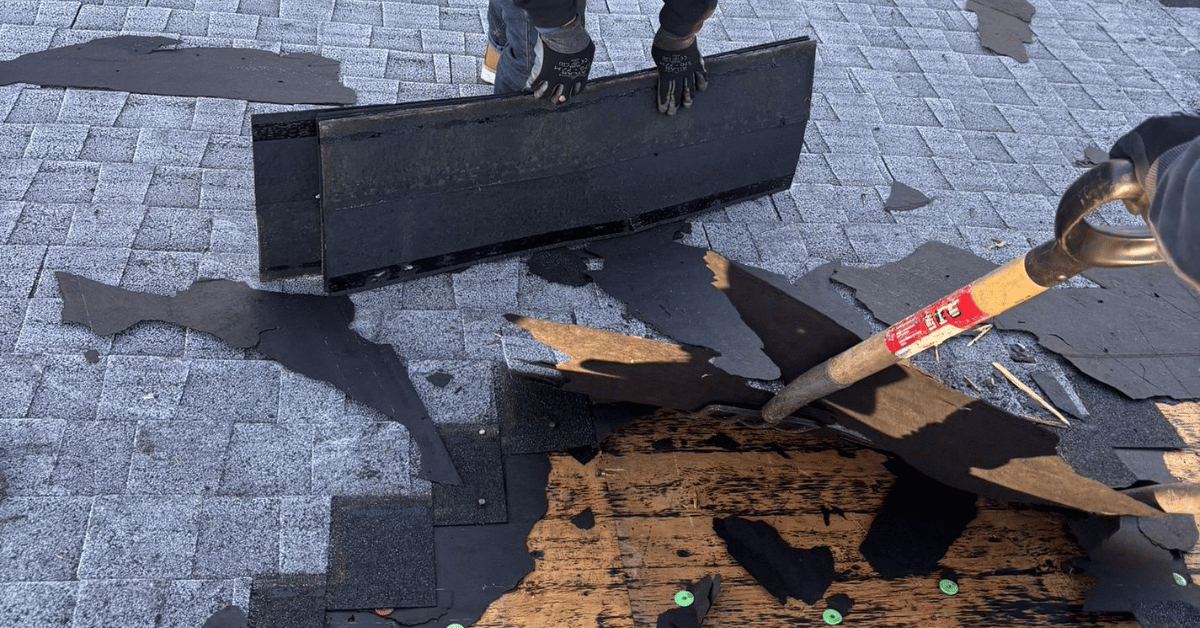
3. Roof Style & Slope
-
A steep roof requires more shingles and additional safety equipment, increasing costs.
-
Complex roof designs may require more labor-intensive installation.
-
The roof slope affects how much material is needed per square foot.
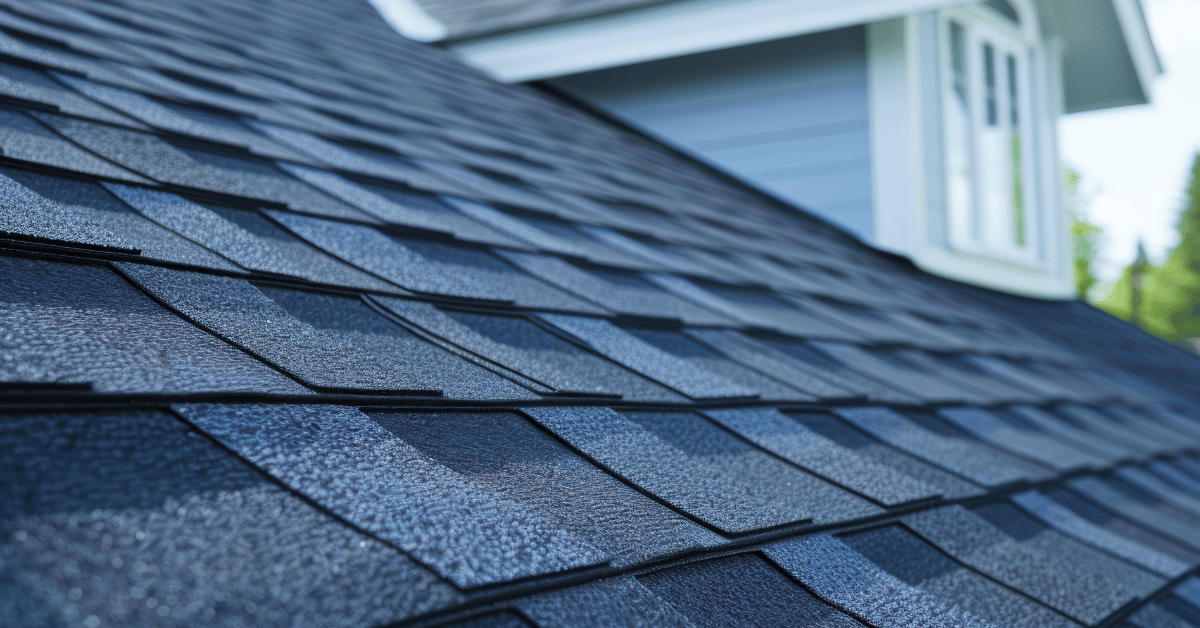
4. Roofing Features
-
Chimneys, skylights, and vents add complexity to the installation process.
-
Extra sealing and flashing around these features can increase costs.
5. Labor Costs
-
Pricing varies based on contractor expertise and regional labor costs.
-
Hiring a professional roofing contractor ensures quality and longevity.
-
The cost per square foot for labor can impact the overall cost of your project.
6. Permits and Inspections
Regarding roof replacement, permits and inspections are a crucial part of the process. Most jurisdictions require a permit before starting a roof replacement project. The cost of permits can vary depending on the location, type of roof, and other factors. On average, permit costs can range from $100 to $1,000.
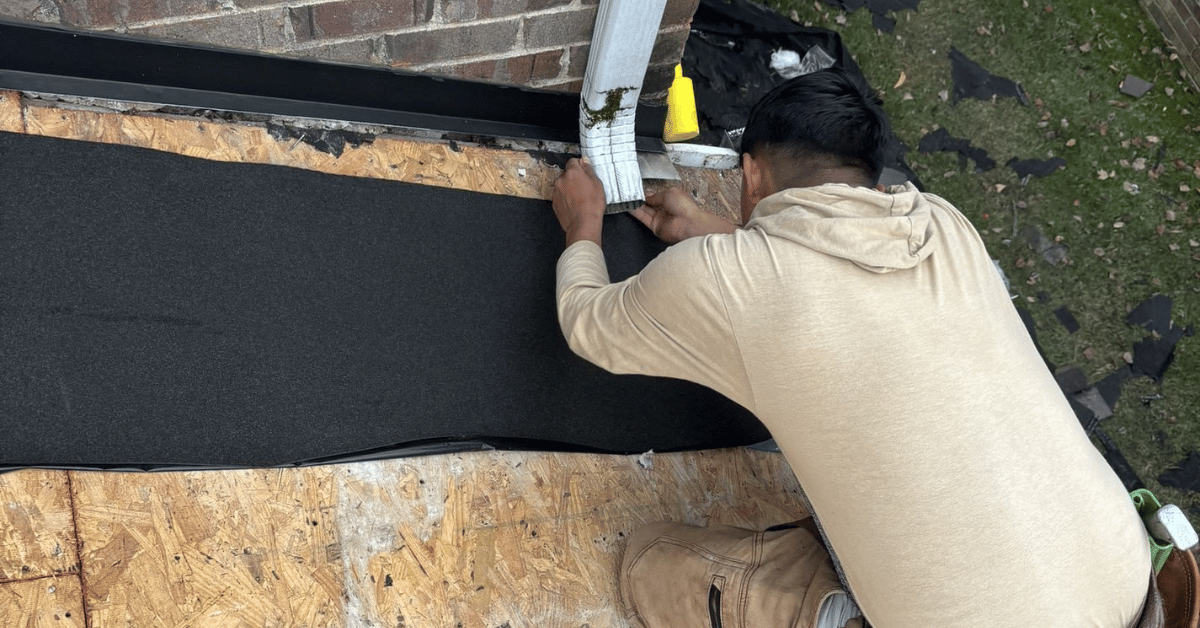
Inspections are necessary in addition to permits to ensure that the roof replacement is done correctly and meets local building codes. Local building authorities or third-party inspectors can conduct inspections, which can cost between $100 and $500.
It's essential to note that failing to obtain necessary permits or inspections can result in fines, penalties, and even legal action. Homeowners should always work with a professional roofing contractor who is familiar with local regulations and can guide them through the permitting and inspection process.
7. Roof Height, Pitch, and Accessibility
The height, pitch, and accessibility of your roof can significantly impact the cost of replacing it. A steeper pitch or higher height may require more labor and materials, resulting in a higher overall cost. Additionally, if the roof is difficult to access, such as a two-story home with a steep roof, the replacement cost may be higher due to the need for specialized equipment and safety precautions.
8. Location and Contractor
The location of your home and the contractor you choose can also impact the roof replacement cost. Different regions have different costs for materials and labor, and some contractors may charge more than others for the same services.
Roof Replacement vs. Roof over
Full Roof Replacement:
-
Involves removing the existing roof and installing a new one.
-
Allows for a full inspection of the decking.
-
Higher cost but provides a longer-lasting result.
Roof over:
-
New shingles were installed over an existing roof.
-
More cost-effective but adds weight and may not address underlying issues.
-
Limited lifespan compared to full replacement.
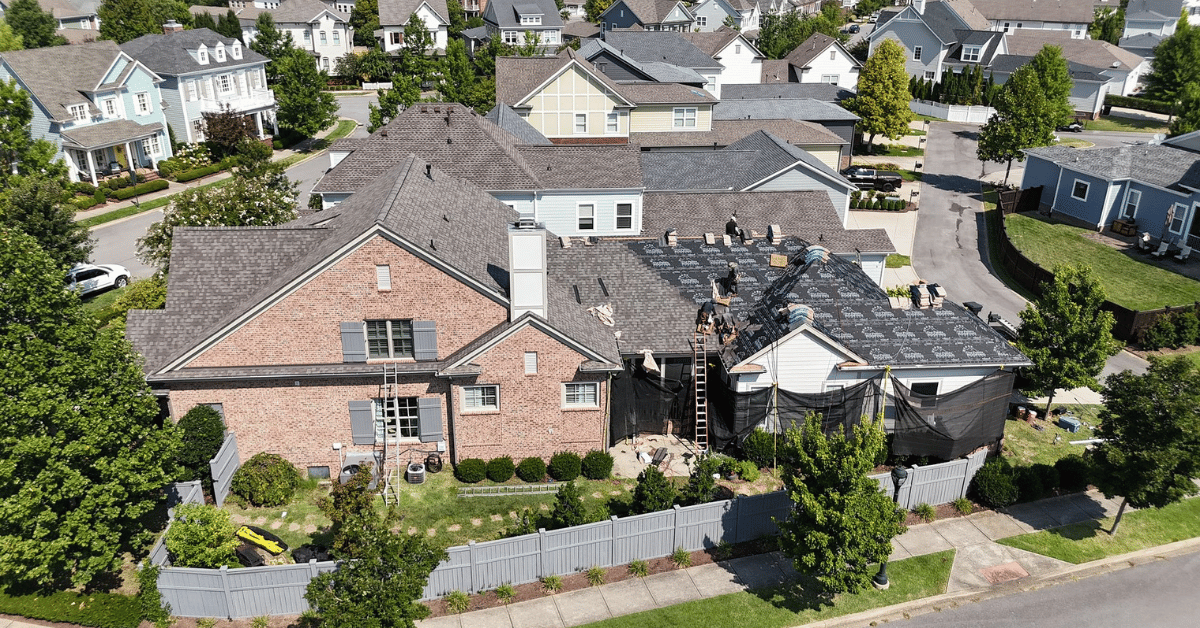
Insurance & Financing Options
Navigating homeowners insurance claims for storm damage? Five Points Roofing offers a step-by-step guide to help homeowners file a successful claim. If the damage is minor or moderate, a roof repair may be more cost-effective than a full replacement.
Financing Made Simple
A roof replacement is a significant home improvement project, but we make it affordable. With flexible financing options tailored to your budget, you can get the roof you need without financial stress. Financing can also help save money by spreading payments over time.
Additional Costs to Consider
In addition to the initial cost of a roof replacement, there are several other costs, including extended warranties and maintenance costs. These additional expenses can impact your overall budget but also provide long-term benefits.
Extended Warranties and Maintenance Costs
Extended warranties and maintenance costs can add to the overall cost of a roof replacement. However, they can also provide peace of mind and protect your investment in your new roof.
Calculating Roof Replacement Costs
Measuring the Roof and Calculating Square Footage
Accurate measurements are crucial when calculating roof replacement costs. The square footage of the roof is a critical factor in determining the cost of materials and labor. To measure the roof's square footage, homeowners can use the following steps:
-
Measure the length and width of each roof plane, including any dormers or other protrusions.
-
Multiply the length by the width of each plane to get the square footage of each roof section.
-
Add up the square footage of each plane to get the total square footage of the roof.
It's essential to note that roof measurements can be complex. Therefore, it's recommended that you work with a professional roofing contractor who can provide accurate measurements and estimates.
Estimating Material and Labor Costs
Estimating material and labor costs is critical to calculating roof replacement costs. The cost of materials can vary depending on the type of roofing material, quality, and brand. Roofing materials can range from $3 to $20 per square foot.
Labor costs can also vary depending on the complexity of the roof, location, and roofing contractor. Labor costs can range from $1 to $5 per square foot.
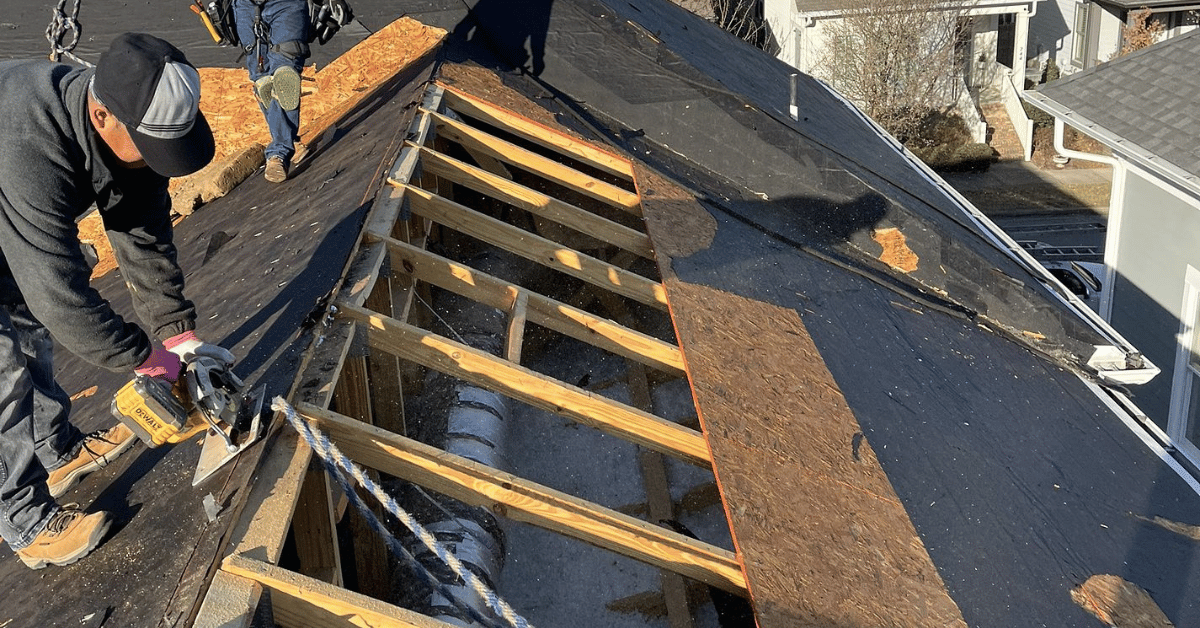
To estimate material and labor costs, homeowners can use the following steps:
-
Determine the type of roofing material and quality desired.
-
Research the cost of materials and labor in the local market.
-
Get quotes from multiple roofing contractors to compare prices and services.
-
Calculate the total cost of materials and labor based on the square footage of the roof.
By following these steps, homeowners can get an accurate estimate of their roof replacement costs and make informed decisions about their project.
Getting a Detailed Estimate
Getting a detailed estimate from a contractor is essential to understanding the roof replacement cost. A comprehensive estimate helps you budget accurately and ensures you get the best value for your money.
Importance of Getting a Detailed Estimate from a Contractor
A detailed estimate from a contractor can help you understand the cost of a roof replacement and ensure that you are getting the best value for your money.
Why Choose Five Points Roofing?
-
Local Expertise: Serving Franklin, Brentwood, and Nashville for over 75 years.
-
Quality Craftsmanship: HAAG-certified professionals using top-tier materials.
-
Customer-Centric Approach: Family-owned and dedicated to treating customers like neighbors.
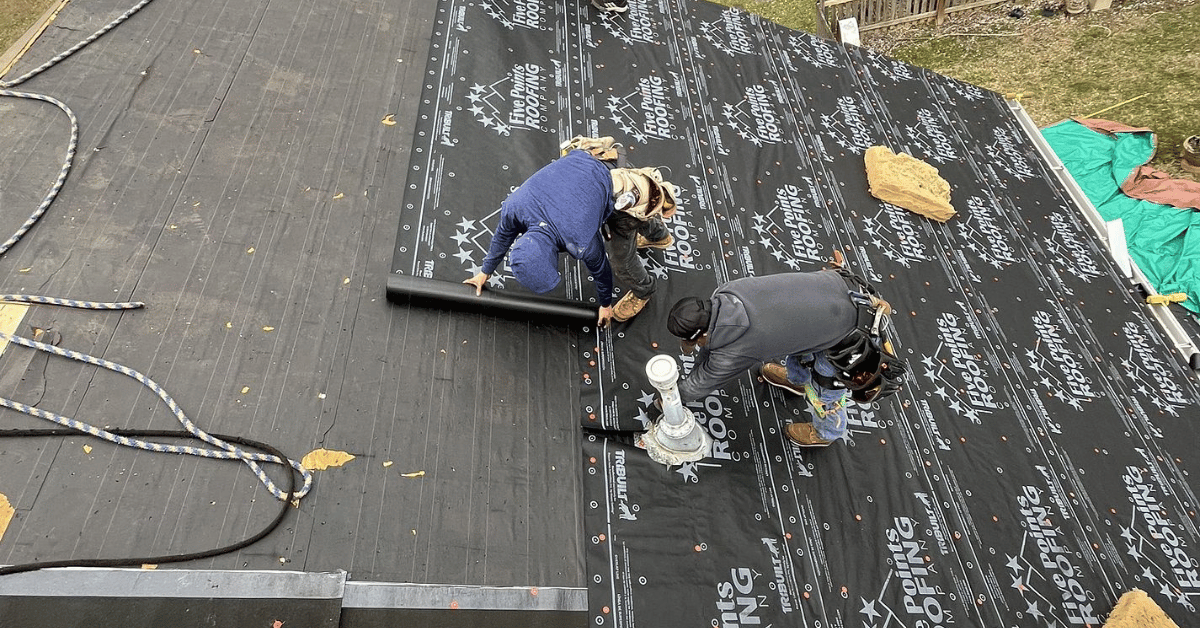
Summary of Roofing Costs
-
Cost Per Square Foot: Varies based on materials and labor costs.
-
Material Cost: This affects the overall cost of your roofing project.
-
Installation Cost: Includes labor and disposal of the old roof.
-
Total Cost: Factors in roof impact, square footage, and additional features.
-
Actual Cost: Varies based on home size, roof type, and selected materials.
-
Cost-Effective Choices: Asphalt and architectural shingles are great options for most homeowners.
-
Roofing Companies: It's essential to compare estimates from various roofing companies to ensure a fair price and quality service. Different roofing companies may include various factors in their pricing, such as protection measures for the property during roof replacement. Thorough research into the average costs charged by roofing companies is crucial for homeowners seeking roof replacement services.


